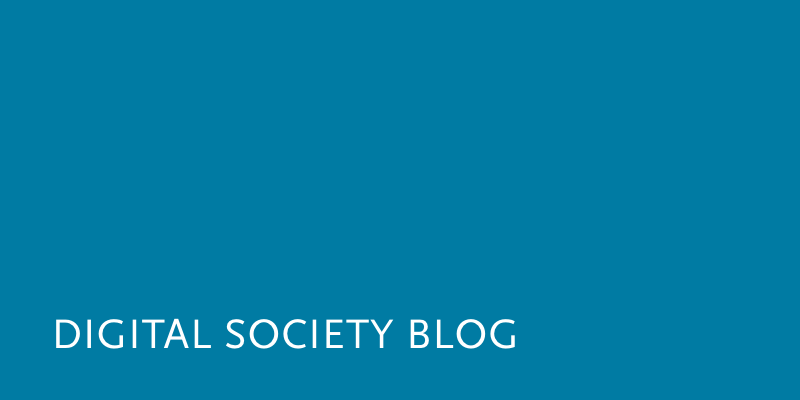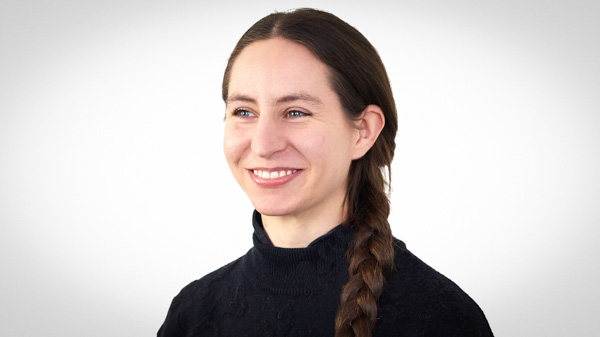Making sense of our connected world

Looking at Open Science through the Prism of a Social Dilemma
The essence of open science is to make the whole research process transparent and accessible. The idea of open science can be traced back to the days of the emergence of the scientific journal system when scientists started to publish their insights in the form of scientific papers instead of anagrams. In its current form, open science has gained a new dimension thanks to the internet which provides scientists with the technological means to share their insights on a potentially global scale.
Open science is fostered on a top-down level by various initiatives of the European Commission and on a bottom-up level by passionate individuals. Nevertheless, on a large scale, the concept of open science is rarely reflected in scholarly reality. In order to find out what hinders scientists to put open science into practice I have conducted a series interviews with researchers from various backgrounds.
The obstacles mentioned in the open science interviews are both of individual and systemic nature. On an individual level, researchers are confronted with the fear of free–riding, the need to invest extra time and effort, troubles with digital tools for research purposes, the lack of impetus to publish negative results, difficulties of guaranteeing data privacy and the reluctance to share code. On a systemic level, researchers face cultural and institutional constraints, ineffective policy guidelines, evaluation criteria that impede openness, a lack of legal clarity as well as a lack of standards for sharing research materials and last but not least they need to consider the financial aspects of openness.
In light of these obstacles, open science can be looked at through the prism of a social dilemma: what is in the collective best interest is not necessarily in the best interest of the individual scientist. The interesting question here is how the dilemma of putting open science into practice can be overcome. Motivational and strategic solutions highlight the indirect benefits of open science such as higher visibility of research activity as a factor contributing to driving a scientist’s career forward. A structural solution involves integrating open science efforts into the scientific evaluation system.
And while the structural changes take their time, each individual scientist can contribute to the open science movement by sharing whatever part of their research is sharable. What is important to remember at this point, however, is that putting open science into practice takes on different forms and the best way to share intelligently and consciously needs to be figured out each time anew.
More on open science:
Scheliga, K., Friesike S., (First Monday, Volume 19, Number 19). Putting open science into practice: a social dilemma?
DOI: dx.doi.org/10.5210/fm.v19i9.5381
This post represents the view of the author and does not necessarily represent the view of the institute itself. For more information about the topics of these articles and associated research projects, please contact info@hiig.de.

You will receive our latest blog articles once a month in a newsletter.
Open higher education
The Human in the Loop in automated credit lending – Human expertise for greater fairness
How fair is automated credit lending? Where is human expertise essential?
Impactful by design: For digital entrepreneurs driven to create positive societal impact
How impact entrepreneurs can shape digital innovation to build technologies that create meaningful and lasting societal change.
Identifying bias, taking responsibility: Critical perspectives on AI and data quality in higher education
AI is changing higher education. This article explores the risks of bias and why we need a critical approach.




